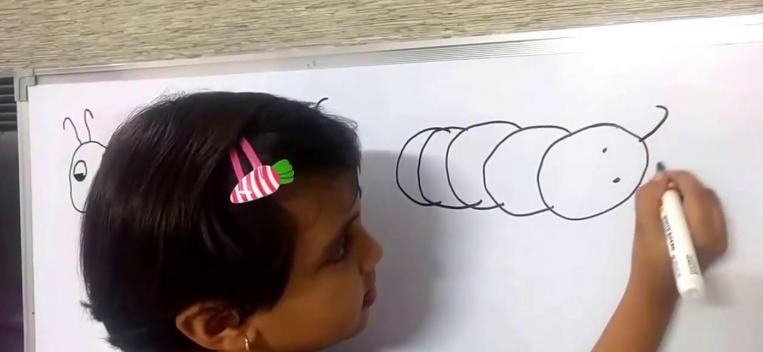Unleashing Creativity: A Fun Guide to Drawing for Kids!
Drawing is a wonderful avenue for kids to express their creativity and develop new skills. Encouraging children to draw not only helps them communicate their thoughts and feelings but also enhances their fine motor skills and boosts their confidence. This guide aims to provide fun, practical tips for parents looking to help their children embark on their artistic journey.
The Importance of Drawing for Kids
Drawing is more than just a fun activity; it plays an essential role in a child’s development. It stimulates brain activity, enhances problem-solving skills, and fosters imagination. Moreover, when kids draw, they engage in imaginative play that can lead to greater cognitive development. This creative process also offers a soothing outlet for emotions, allowing children to express themselves freely without the constraints of language.
Getting Started with the Basics
Before diving into more complex drawings, it’s crucial to start with the basics. Encourage your child to experiment with different tools: pencils, crayons, markers, and even digital drawing apps. Have them practice drawing simple shapes like circles, squares, and triangles. These basic elements are the building blocks for more complex forms. A fun activity could be a “shape scavenger hunt,” where kids find objects around the house or outside that match the shapes they’ve learned. This approach not only makes drawing exciting but also reinforces their understanding of shapes in their environment.
Incorporating Fun Themes and Characters
Once your child has a grasp on the basics, it’s time to introduce themes and characters to inspire their creativity! Encourage them to create their own characters by mixing and matching features from their favorite movies, cartoons, or books. Provide prompts like “What would a friendly dragon look like?” or “Draw your favorite superhero in a new costume!” This not only keeps the drawing sessions engaging but also enables your child to develop storytelling skills alongside their drawing. Don’t forget to celebrate their creations; display their artwork at home or create a mini art gallery to showcase their progress.
Making Drawing a Routine
Regular practice is crucial in honing any skill, and drawing is no exception. Set aside dedicated time each week for drawing activities, turning them into a fun family tradition. You can draw together, prompting children with questions about their artwork or suggesting themes for the session. Consider joining online drawing classes or local workshops to further inspire your child’s creativity. These settings can foster a sense of community and allow kids to share their ideas while learning from their peers.
Encouragement and Exploration
As your child becomes more comfortable with their drawing skills, encourage them to explore different styles and techniques. It’s essential to remind them that there are no wrong ways to draw—every piece of art is unique! Celebrate their efforts, regardless of the outcome, and provide constructive feedback that focuses on their strengths. This supportive environment will boost their self-esteem and motivate them to keep drawing.
Conclusion
Drawing is an enriching experience that significantly contributes to a child’s growth and self-expression. By introducing simple techniques, incorporating themes, and making drawing a fun routine, you can help unleash your child’s creativity. So gather those art supplies and let their imaginations run wild—who knows what incredible masterpieces they’ll create! Start this exciting journey today, and watch their artistic skills flourish!

